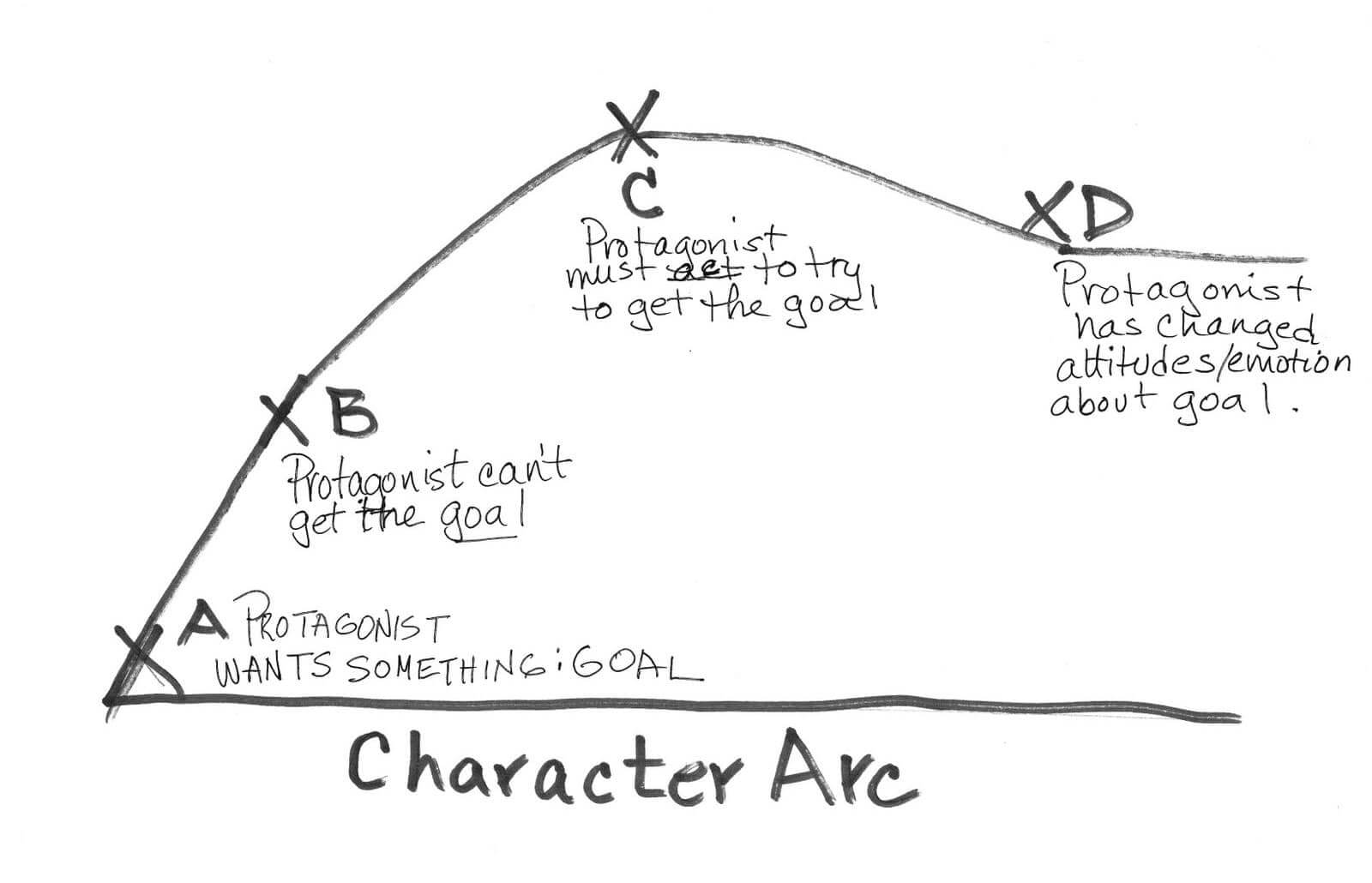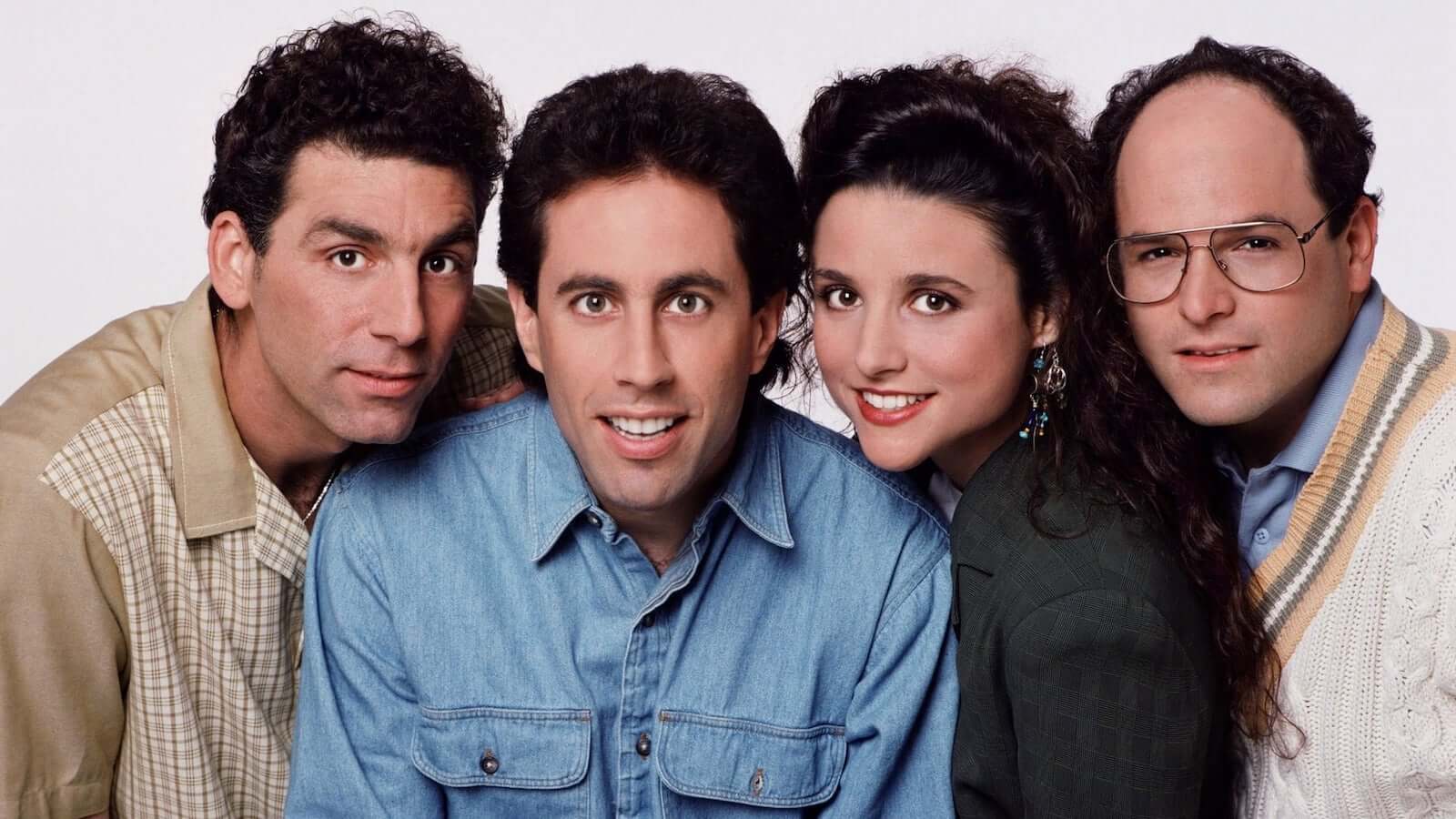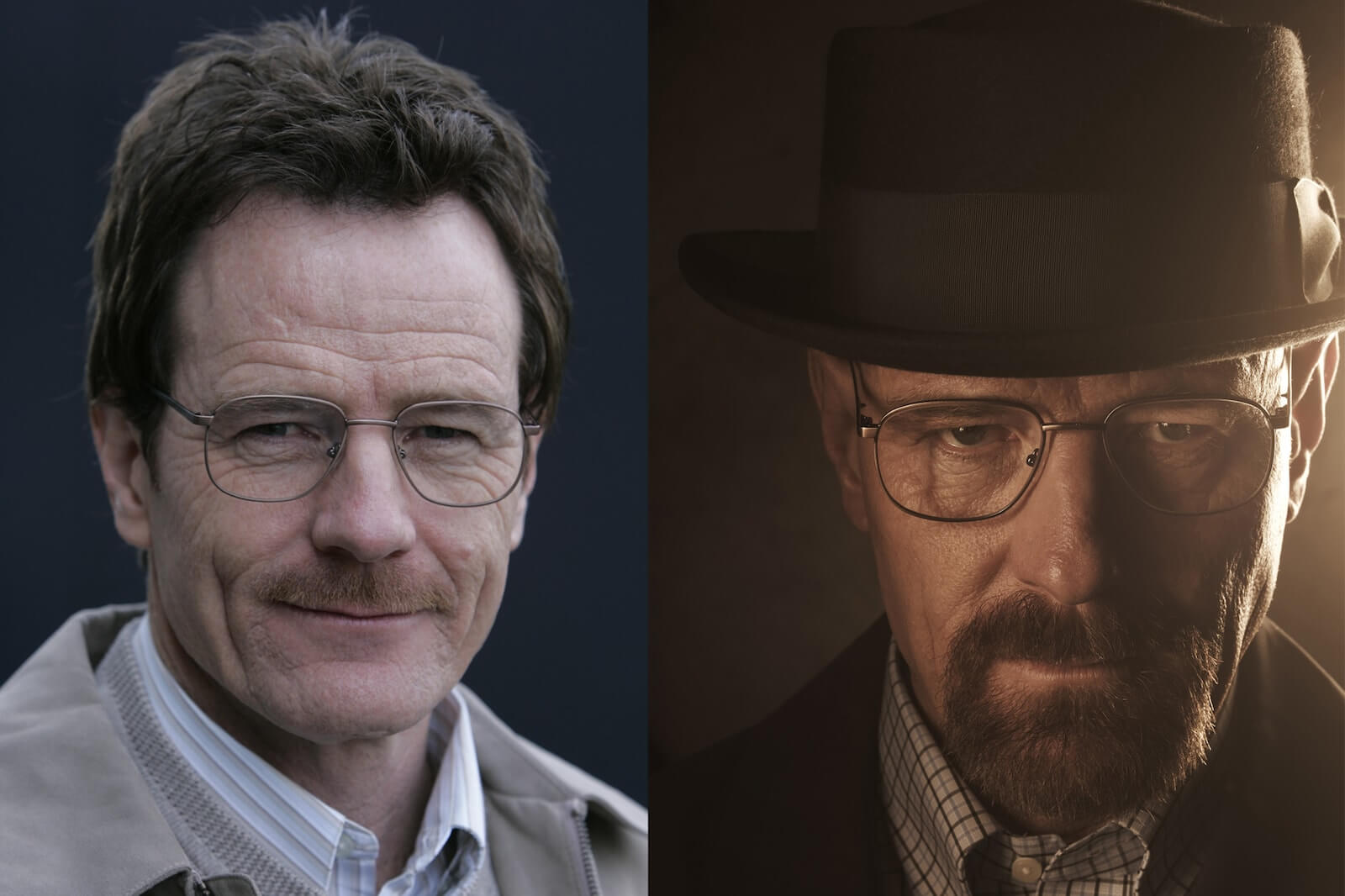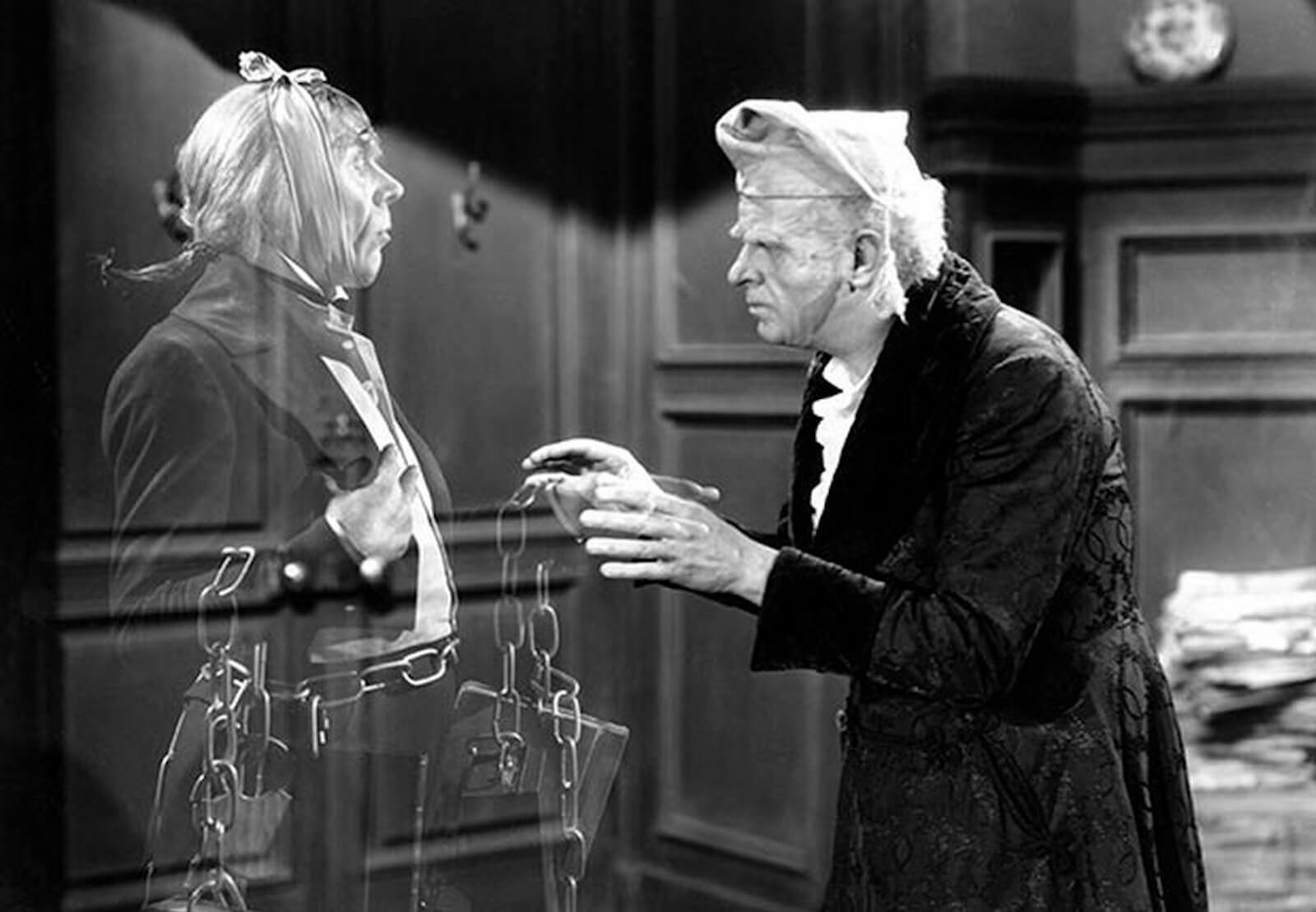I
f there’s one thing writers will agree on, it’s that character development is super critical to writing a winning script.
It’s also a hard thing to master – oftentimes requiring spreadsheets and graphs for something that should be more… human.
But does it have to be that way?
How to create a character shouldn’t be an arduous process.
And, with our character development worksheet, it’s not.
Here I’ll show how to use our worksheet, which can help answer your own character development questions as you get into the weeds of writing.
This worksheet can be a powerful tool to help you figure out how to develop characters that follow a succinct character arc.
We’ll also go over what a static character and a dynamic character are, and which one may be best for your story.
Character Development: Write Stronger Characters
First, what is character development?
Character development is the process of creating a character for a work of fiction such as a feature film, television show, or novel.
As mentioned, it’s often boiled down to two kinds of characters: Static character development and dynamic character development.
You probably remember hearing your mom or teacher mention how some things help “build character.”
But what does that mean when it comes to writing?
Character development is also the way in which characters change throughout a story. And it's not that far from what your mom was talking about.
One foundation of writing is challenging your protagonists (and antagonists). As they work to achieve their goals, we must make sure it’s harder for them to accomplish those.
This - like the chores, the second job, the long slog to school everyday - helps with character development. It changes them as the narrative marches forward.
When characters change in the course of a story, it’s called having a character arc.

Character Development - The Character Arc
Audiences like this kind character development because it creates relatable, real characters.
The changes we push our heroes through reflect the human condition we're all a part of.
But what if they don't change?
That’s the static character development definition - one that does not go through an emotional or physical transformation by the end of the narrative.
This is also known as a flat character.
Ones that do change? Those are dynamic characters.
So you have a choice to make - do you write dynamic or static characters?CHARACTER DEVELOPMENT: WRITE STRONGER CHARACTERS
Putting the “work” in character development worksheet
Character is defined as all the elements that make a character feel relatable and real.
While this may be encapsulated in a series of idiosyncrasies and preferences, it’s best summed up in belief systems.
Why?
Because what we believe defines what we do.
The best way to ensure that you have a compelling character is to create a list of beliefs in the beginning and fill in the box.
Next, come up with specific actions the character takes based on those beliefs.
Then, after you’ve established beliefs and actions, fill in them for each subsequent section as the narrative unfolds.
Whether your character exhibits a change in their belief systems over time is a topic we’ll pursue below, but the “delta” (or change) should be listed.
For example, in 12 Angry Men, Juror 3 believed that the boy on trial was guilty, so he voted guilty.
But, as the narrative unfolded, he went from vehemently believing that the boy is guilty and, therefore, voting guilty to flipping in the end.
He changed his belief and, therefore, his vote to not guilty - despite being the last and most aggressive Juror to do so.
That about as simple as an example can get, but it’s an example nonetheless of clear character development and a character arc.
It’s not uncommon for many characters to remain the same throughout the narrative - that’s a static character. We’ll go over what the definition of a static character is in a bit.
The ones who do change are called dynamic characters.
Dynamic characters follow a character arc - like Juror 3.
Flat characters don’t follow an arc, but historically have had tremendous success.
CHARACTER DEVELOPMENT: WRITE STRONGER CHARACTERS
Wait, hang on… what’s a flat character then?
It’s simple: The static character is one that doesn’t change by the end of the story.
Which is also a flat character. They’re interchangeable.
That, on paper, sounds kinda boring.
Why would anyone make a static character?
Because audiences come to love their consistency.
Jerry Seinfeld was was always the same guy at the end of one episode as he was at the same time next week.

There was a rule on Seinfeld of, "no hugging, no learning."
Sheldon Cooper is always going to say bazinga.
And, even thirty years later, Roseanne hasn’t changed her recognizable laugh - if anything.
These habits and idiosyncrasies that we grow to love are part of great character development.
But if you were to fill in the character development worksheet with Seinfeld, Sheldon, or Roseanne, you would see that their beliefs never change from the beginning.
CHARACTER: Jerry SeinfeldCHARACTER: JERRY SEINFELD
Beginning | Middle | End |
|---|---|---|
Beliefs: Jerry doesn't want to tell anyone he dropped a JR mint into someone's body during a surgery. | Beliefs: He feels guilty, but he still doesn't want to tell anyone. | Beliefs: He resolves he will never tell anyone. |
Actions: They don’t tell anyone. | Actions: They don’t tell anyone. | Actions: None. |
Delta: Nothing. | Delta: None. | |
Delta Beginning: Nothing. Nothing changed. |
While they may try something new or different within the episode, your static characters always end up back at square one.
That’s because plug and play sitcoms need static characters so they can go into syndication and last for decades.
If Jerry changes, what happens to the show?
Change is necessary to all stories though, so what DOES change?
The world and the characters around them. Static characters stay the same, but the people around them change. The world around them changes.
Sometimes as a result of their actions. Sometimes in order to push them places, or challenge their static nature.
Despite all of this, dynamic characters have recently taken over the popular landscape in film and TV.
Complicated protagonists and anti-heroes who occupy a gray area in our narrative structures are breathing life into the case for dynamic characters.
CHARACTER DEVELOPMENT: WRITE STRONGER CHARACTERS
So... Should I avoid static characters?
In one word, yes. In more words... well, let's take a look.
It all depends on your priorities. As we mentioned, static characters have had a lot of success. Static character development has proven to create huge franchises.
More examples of static character development include Sherlock Holmes. How often does he carry the lessons from one book to another?
He's still the same wily Sherlock he was at the end of one as he is at the beginning of another.
Did James Bond learn and grow over the decades-long franchise? Is he a different person in Die Another Day as he was in Goldfinger?

Character Development - James Bone Skyfall
Nope. And yet audiences still adore him.
So then why should you make dynamic characters?
Because, recently, less-serialized shows and properties have become more popular.
Breaking Bad was built on the back of a man going through a major metamorphosis.

Character Development - Breaking Bad Character Transformation
Mad Men painted a less black and white picture.
Positing that Don Draper may look as though he's changed, but he's only adapted to a changed environment (the '60s versus the '50s).
Essentially All Don's journey taught him is how to sell to a "new generation."
For an ad man, that's a big deal.
CHARACTER: Don Draper
Beginning | Middle | End |
|---|---|---|
Beliefs: Material success and approval might help fill the void of his past. | Beliefs: Honesty about his past might help fill the void of his past. | Beliefs: Spiritualism might fill the void of his past... Hey, let's try selling that to coke! |
Actions: Makes partner at the ad firm, sleeps around, drinks like a fish. | Actions: Comes clean to those around him, sleeps around, drinks like a fish. | Actions: Tries therapy and meditation. Decides to advertise that. PROBABLY sleeps around and drinks like a fish. |
Delta: He keeps pushing people away and losing them, he decides to stop living a lie. | Delta Middle: His past haunts him, he still has no relationships that matter. | |
Delta Beginning: He has recognized that at his core he is a great ad man. It's all he has. Maybe all hell ever have. Maybe it's enough. |
The same can be said for Tony Soprano - a man who goes to therapy to sort out his mental health issues can’t be the same person at the end of the day.
Or can he? He’s still Tony Soprano the mobster, father, and son we knew him from the pilot.
Character arcs are trending toward ambiguity in some respects, but they’re still there.
If you want to create a dynamic character that uses its change (or lack thereof) to make an artistic statement, our character development worksheet is a great tool for you to use.
CHARACTER DEVELOPMENT: WRITE STRONGER CHARACTERS
How to develop a dynamic character?
The only thing you have to do to make a dynamic character is force them to change - that’s the core of character development.
If we're being smart, that change will come from a process that character undergoes.
You know… like a character arc. Where they show changes in what they believe through actions they take.
This “showing” aspect is critical as it's the only way the viewer will get the perception of change.
It's a form of proof.
You can use our character development worksheet to make sure that your character’s values and, thus, their actions are different at the end of the story than they were at the beginning.
This can create a more engaging character. People are drawn to change because it creates an aspirational hero.
You can either present a protagonist as a charming person who will always be that way (Sherlock Holmes and James Bond) or as someone who betters themselves.
Showing someone push through adversity to create a positive change in themselves is inspiring.
For a character development example, look at Disney movies - every hero is dynamic.
No Disney princess, prince, or talking animal is the same at the end as they were at the beginning. They all ended up changing their belief systems in some way or another.
At the end of it all, how they lived changed as well.
Audiences want someone to look up to and having great character development presents that opportunity.
CHARACTER DEVELOPMENT: WRITE STRONGER CHARACTERS
More dynamic character development examples
Ebenezer Scrooge is a classic example. It takes a pretty intense haunting to convince him that Christmas is good, but in the end he gets there.

Character Development - Ebenezer Scrooge
In Lady Bird, the titular character grows to become more accepting of her mother, her roots, and, subsequently, her actual first name.

Character Development - Lady Bird Character Arc
In Black Panther, T’Challa goes from wanting to isolate Wakanda so he can protect their way of life to being more willing to use their technology to make the world a better place.
Character Development - Character Arc - Black Panther
Each of these examples shows signs of growth and action.
The characters followed an arc, changed their belief systems throughout the narrative, and, therefore, their actions followed suit.
That’s the definition of character development.
To see how T’Challa fits into the character development worksheet, take a look…
CHARACTER DEVELOPMENT: WRITE STRONGER CHARACTERS
Character development throughout black panther
Character: T’Challa (Black Panther)
Beginning | Middle | End |
|---|---|---|
Beliefs: Wakanda should hide and protect their technology. | Beliefs: As king he doubts some of the actions his father took to do this. | Beliefs: Decides Wakanda should share their technology to help others. |
Actions: Keep Wakanda a secret. | Actions: He questions the high council and takes on Killmonger’s challenge. | Actions: Opens up ambassador centers in poor neighborhoods. |
Delta: Knowledge about his father forced him to rethink these priorities.
| Delta Middle: He was dethroned, listened, then realized a compromise was ultimately necessary. | |
Delta Beginning: He’s made a complete 180 from his previously held beliefs. |
UP NEXT
Best Screenwriting Software Tools
So, in review, we know that a dynamic character is someone who exhibits change and a static one is someone who does not.
We know that both are common and successful.
So whether your protagonist is dynamic or static is up to you as a writer and depends on what kind of story you are trying to tell.
If you want to make sure that the characters you created go through a powerful change, you should use the worksheet.
This will help you plot out exactly how they change throughout the narrative.
That way you can feel confident that you’ll write dynamic characters that create an engaging experience for whomever you send that next award-winning script to.

